
EconStor Survey 2024: High user satisfaction, but ‘room for improvement’ in understanding how it works
EconStor, the ZBW's open access repository for economics, enjoys a high level of satisfaction among its users, according to a survey conducted in autumn 2024. However, the results also show that their knowledge of how a repository works could be improved and that the range of information on the service should be expanded.
By Ralf Toepfer and Olaf Siegert

The disciplinary open access repository EconStor was launched by the ZBW in 2009 and today lists more than 280,000 publications from the economic disciplines, originating from more than 700 research institutions and around 1,000 individual authors worldwide. All full texts (especially working papers and journal articles) collected on EconStor are freely and permanently accessible in the sense of open access. With around 10 million downloads per year (average value of the last five years (2020-2024)), EconStor makes a significant contribution to the supply of information in economics.
Background information on the EconStor survey
In 2022, we conducted our first EconStor survey with the aim of determining the satisfaction of the economic research community with EconStor and obtaining suggestions for further development. Two years later, we have repeated the survey in essence and added some new aspects. In this short report, we would like to present the results of the 2024 EconStor survey and make a cursory comparison with the core results of the 2022 survey. As the EconStor surveys are not a longitudinal study in which questions are repeatedly asked of the same group of participants, the results of the two surveys are only comparable to a limited extent. In both surveys, around 95 % of the researchers surveyed were very satisfied or satisfied with EconStor, but also suggested improving the information offered via the repository on the EconStor website and increasing marketing efforts.
Results of the EconStor survey 2024
The survey was conducted between 15 October and 8 November 2024. It was promoted via the EconStor website and through mailings to researchers in Germany and EconStor users around the world. Overall, we received 190 responses, of which 115 questionnaires were fully completed. 45 % of the respondents came from Germany and a further 20 % from the rest of Europe. Regarding their affiliations, just over half of the respondents were researching at universities, around a quarter at non-university research institutions and a further 10 % at universities of applied sciences. Around 52 % of respondents were professors, 25 % were researchers or postdocs and a further 9 % were Ph.D. students.
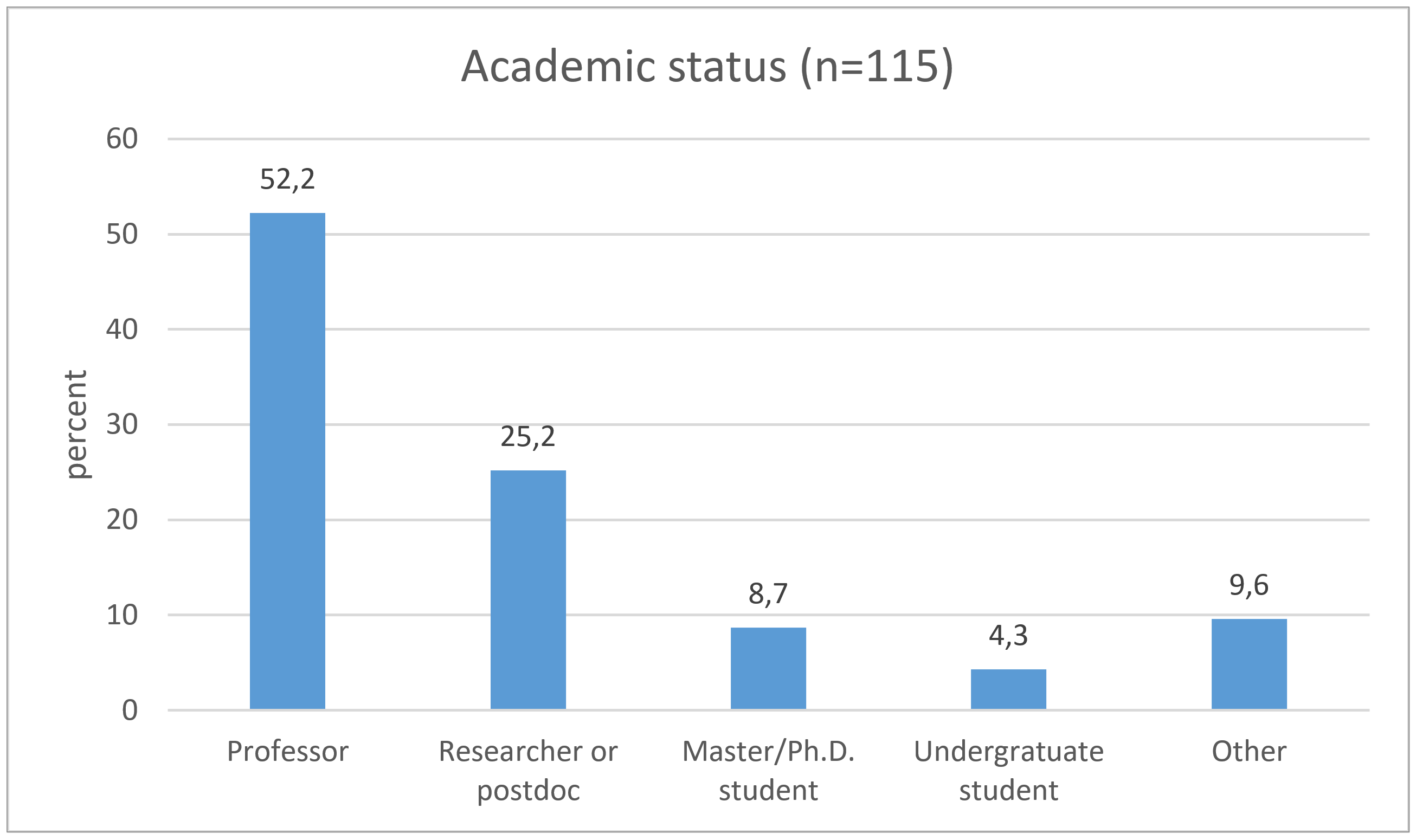
Figure 1: EconStor User Survey 2024: Participants by academic status
Regarding the scientific disciplines, the majority of respondents came from the field of economics (62 %), followed by business studies (21 %) and political science (8 %). The remainder came from other related academic disciplines, such as sociology. The dominance of economics may be due to the fact that the working paper culture there is much more pronounced than in business studies and the content on EconStor therefore comes more from the field of economics than from business studies.
Awareness and environment of EconStor
EconStor is well known to the respondents: around 73 % have known EconStor for more than a year and 61 % for more than three years. Accordingly, the answers came mainly from experienced, long-term EconStor users. Almost 45 % of respondents learnt about EconStor through Google/Google Scholar and around 19 % through recommendations from colleagues. A further 12.5 % learnt about EconStor via RePEc. EconStor is used regularly by the respondents: almost a quarter use EconStor monthly and a fifth even weekly. In addition to EconStor, respondents use a wide range of services to access economic papers. As the following chart shows, Google Scholar (23.7 %) is the most frequently mentioned, followed by ResearchGate (15.1 %) and Google (13.8 %). However, RePEc (11.9 %), SSRN (12.4 %) and the websites of commercial publishers (11.9 %) are also used to access economic publications.
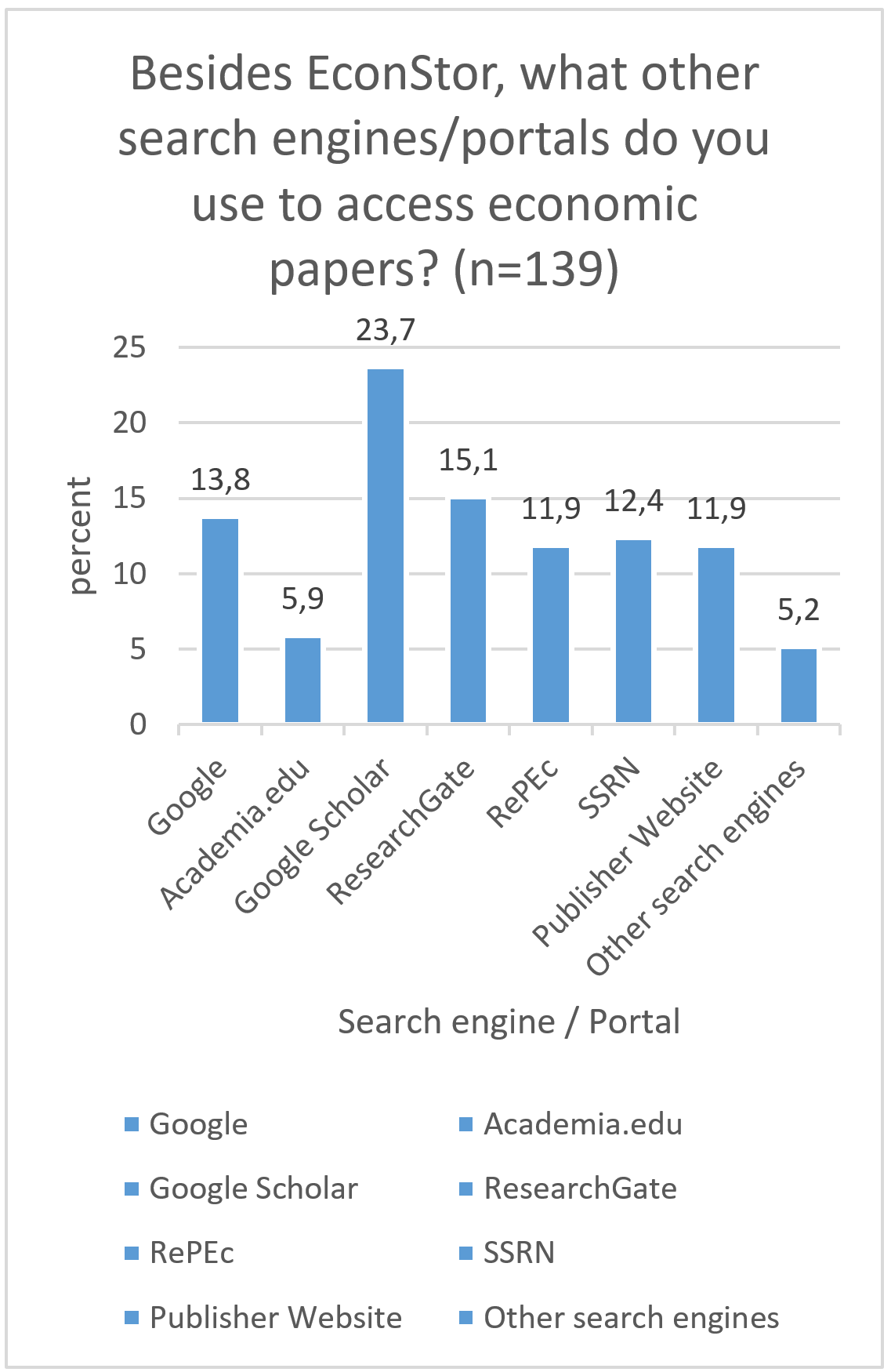
Figure 2: EconStor User Survey 2024: Search engines and portals for accessing economic publications
Searching & browsing in the portal
Around 50 % of respondents use EconStor’s search and browsing functions, with the search function being used most frequently. Almost 97 % of respondents stated that they were able to obtain all relevant information, such as authors, abstracts or keywords, about a publication when searching for documents on EconStor. Nevertheless, there is a need for more information on the EconStor website. Around 1/3 of respondents stated that they did not feel sufficiently informed.
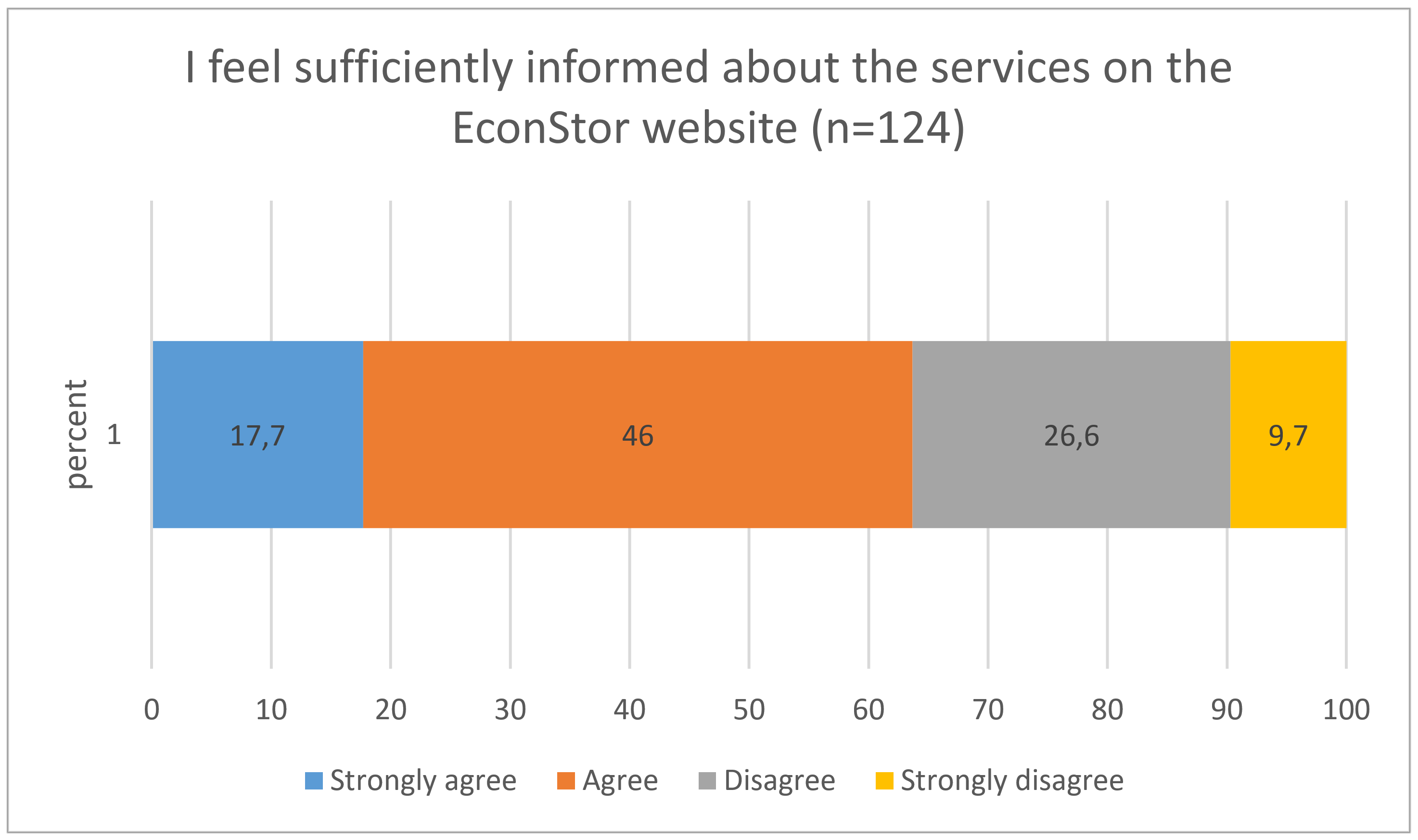
Figure 3: EconStor User Survey 2024: Information services via EconStor
Self-Uploads
Authors can upload their work to EconStor themselves (self-upload), although this function is reserved for Ph.D. researchers in economics and business studies at academic institutions. Around half (49.6 %) of respondents are aware of the self-upload option and more than 91 % are satisfied (51 %) or very satisfied (41 %) with the self-upload process. The quality assurance measures taken by EconStor for self-upload, such as plagiarism check, journal listing in the Directory of Open Access Journals (DOAJ) or personal requirements for registration, were predominantly rated as important by the respondents.
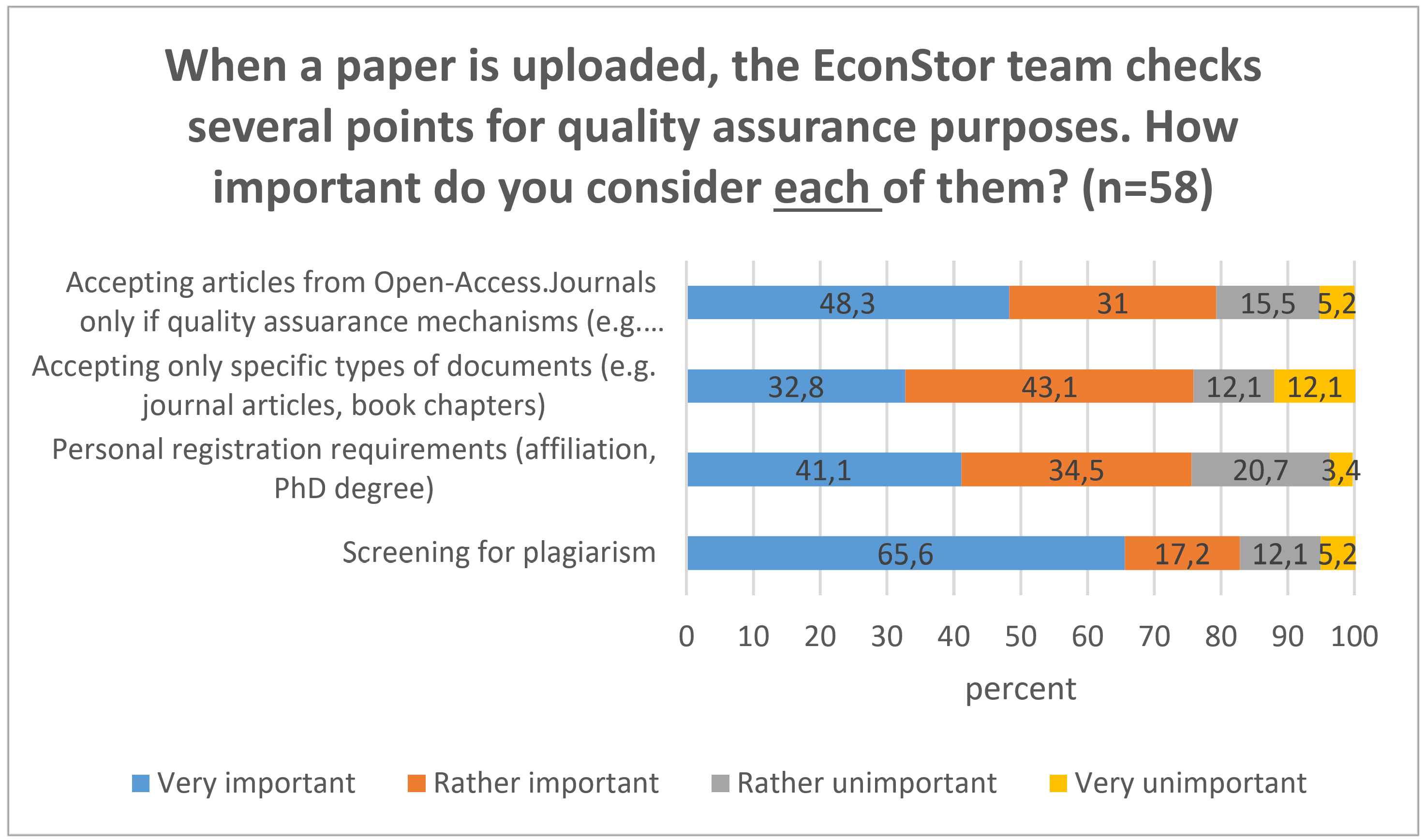
Figure 4: EconStor User Survey 2024: Quality assurance measures
Evaluation of other EconStor services
In addition to the self-upload and the search and browsing options, EconStor offers several other services. At more than 90 %, the distribution service (dissemination) was rated as the most important by the respondents. The distribution service includes the dissemination of metadata to search engines such as Google, Google Scholar or BASE (Bielefeld Academic Search Engine) and to academic databases such as WorldCat, OpenAIRE and EconBiz. The provision of download statistics is considered important or very important by around three quarters of respondents. The ability to export metadata and link work to the underlying research data is also important, albeit to a lesser extent.
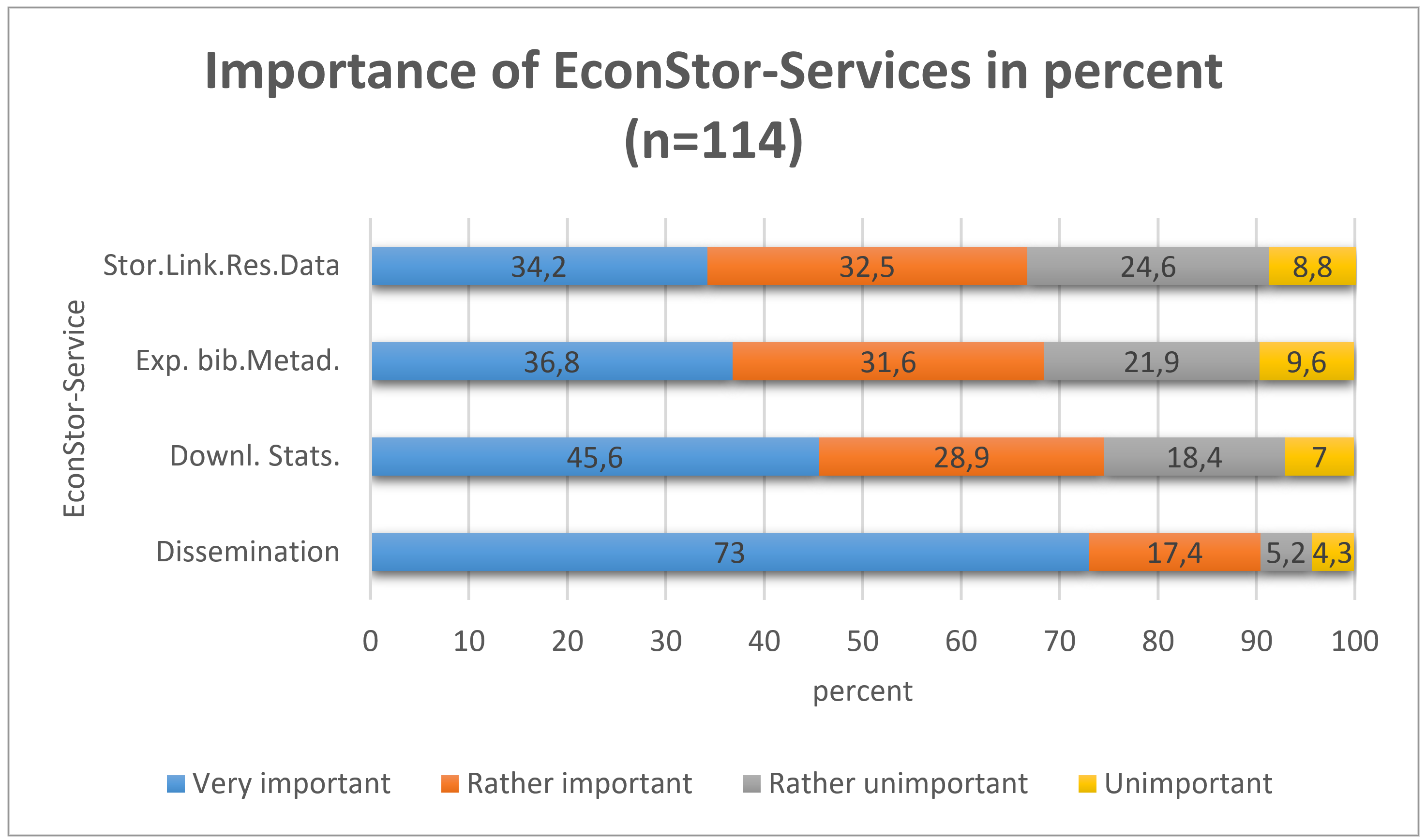
Figure 5: EconStor User Survey 2024: Importance of other EconStor services[
Overall satisfaction with EconStor
As in 2022, EconStor achieved high satisfaction rates in the 2024 survey. Around 95 % of respondents were satisfied (56.1 %) or even very satisfied (39.3 %) with EconStor.
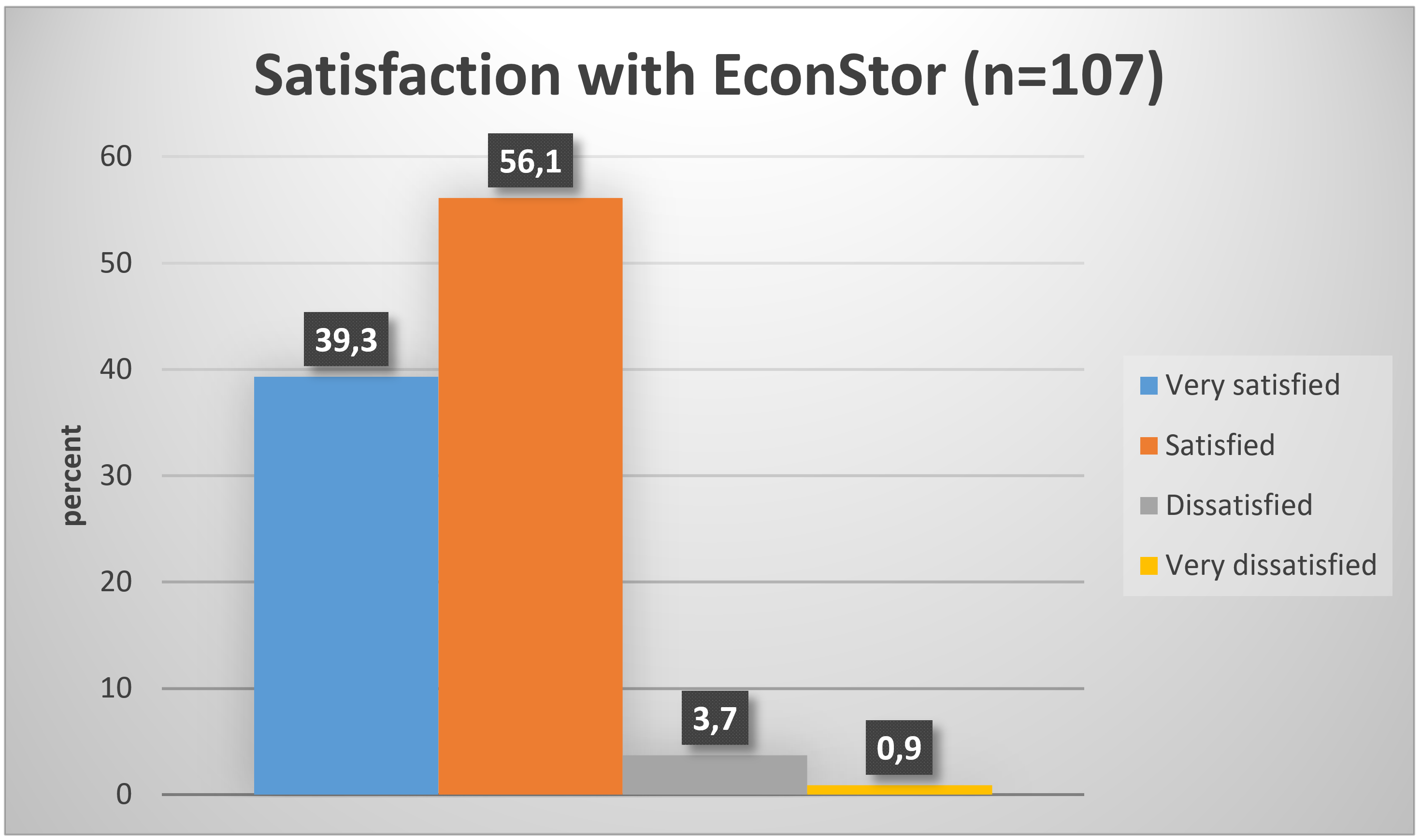
Figure 6: EconStor User Survey 2024: Satisfaction with EconStor
81.4 % of respondents would recommend EconStor to others, while only 14.2 % stated that they did not know whether they should recommend EconStor to colleagues. Reasons given for not wanting to recommend EconStor included that they prefer Google Scholar or that they do not actively use EconStor themselves, as their own research institution does this for the authors. In particular, the reference to a preference for Google Scholar indicates a certain lack of knowledge regarding the function of EconStor as a repository. There may be a need to explain EconStor even better than before and to provide more comprehensive information about how EconStor works.
Social media use of the respondents
In contrast to the 2022 survey, in 2024 we enquired about the social media use of EconStor users. The result was that more than half of respondents use social media channels to draw attention to their current research findings.
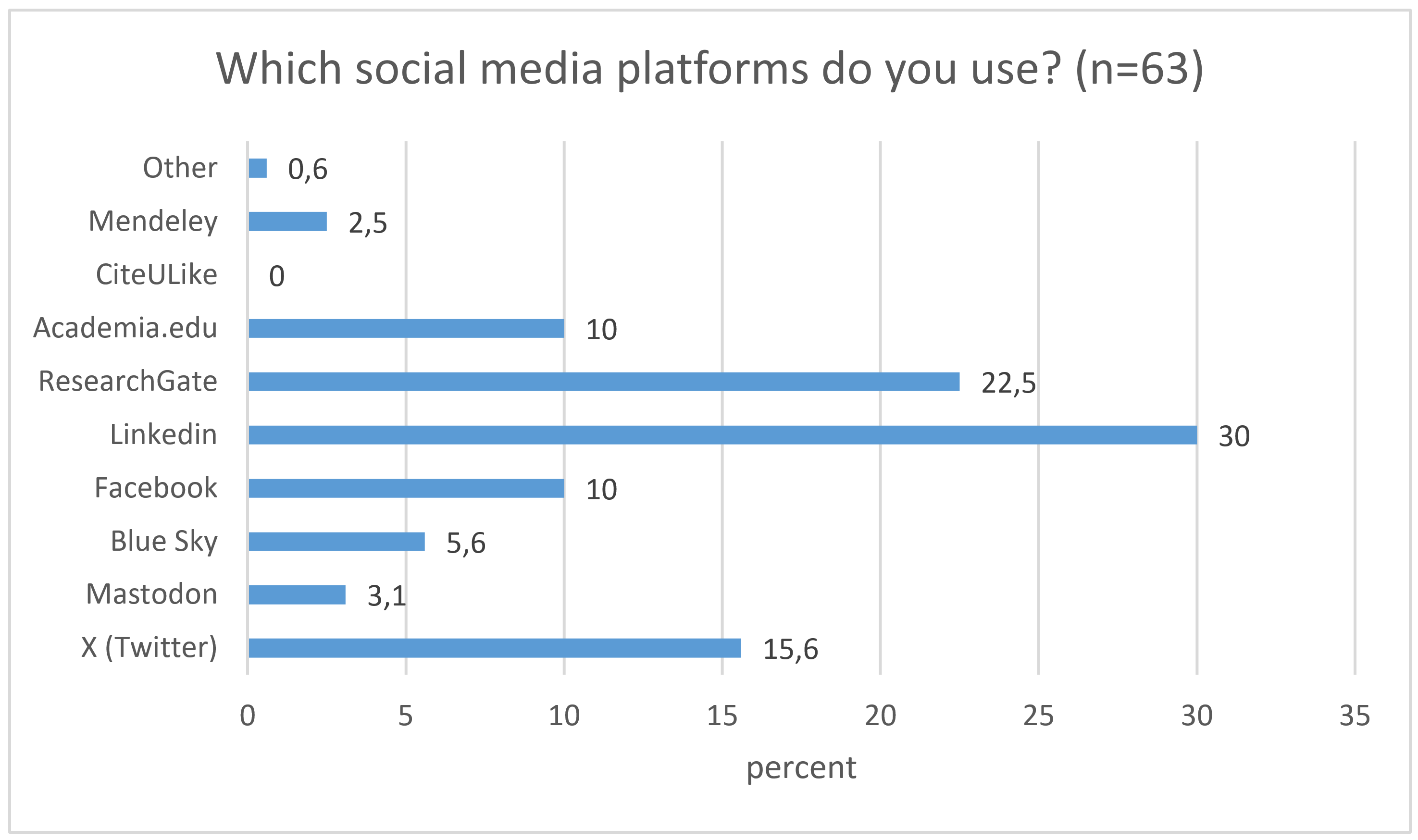
Figure 7: EconStor User Survey 2024: Use of social media channels
LinkedIn, ResearchGate and X (Twitter) are favoured, although it should be noted that our survey was conducted before the mass withdrawal of many scientific institutions from X. (A non-representative survey by Nature reports that around 53 % of the researchers surveyed have left X and now primarily use Bluesky, as Bluesky is “…nicer, kinder and less antagonistic to science than X”.
Conclusion
The 2024 survey essentially confirms the results of the 2022 survey: over 90 % of respondents are satisfied or very satisfied with EconStor and its services. The profile of respondents in terms of their academic status or age distribution is also similar in both surveys. Potential for optimisation is seen above all in the information offered on the EconStor website and the general level of awareness of EconStor.
The EconStor team will take the findings into account in the further development of the service. Various measures are already being discussed, including an adaptation of the website, the creation of a newsletter with new content and various social media activities. In addition, an international Advisory Board has already been appointed in the interests of good governance and will advise EconStor on strategic issues in the future.
This might also interest you:
- EconStor survey 2022: repository records satisfied users, but more marketing efforts are needed
- Organising and Financing Diamond Open Access: How can this be achieved in collaboration with others?
- Open Access Days 2024: DEAL, Diamond and Beyond
- The Open Access Barcamp 2024: Community, Exchange and Reflection
- Open Access During the Pandemic: Prelude to a Permanent Change in Publishing Behaviour?
About the authors:
Ralf Toepfer works in the Publication Services department of the ZBW – Leibniz Information Centre for Economics, where he is responsible for discipline-specific services for the management of economic research data, prepares publication analyses in the context of the open access transformation and supports the development of the Open Library Economics (OLEcon). He can also be found on Mastodon.
Olaf Siegert heads the Publication Services department of the ZBW – Leibniz Information Centre for Economics and is its Open Access Officer. He is also active in various committees and networks on the subject of Open Access, including the Leibniz Association, the Alliance of Science Organisations and LIBER.
View Comments

Shadow Libraries: Plan B for the Open Access Transformation?
What about shadow libraries? Though Open Access seems to be widely accepted, we might...



